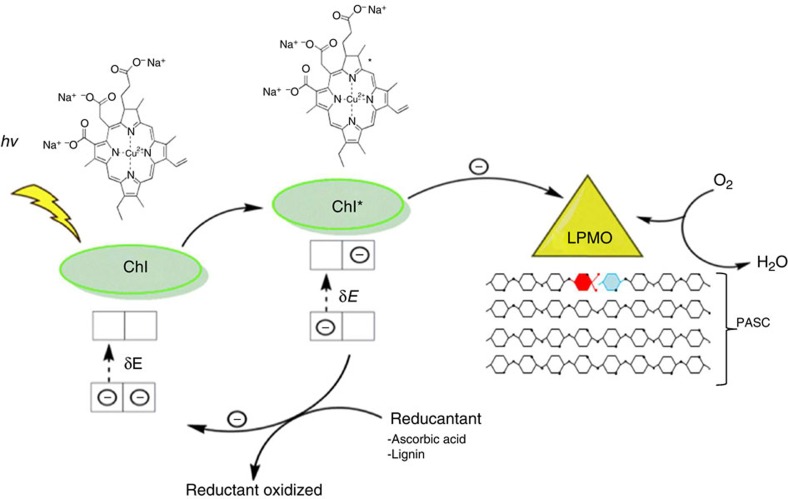Figure 4. Proposed mechanism for light-induced electron transfer to LPMO.
Light excites the pigment, which in its excited state transfers an electron to the LPMO enzyme. The excited electron reduces the copper in the LPMO-active site, which then activates oxygen and oxidizes the polysaccharide. The oxidized pigment is reduced by acquisition of an electron from a reductant such as ascorbic acid or lignin, thus now available for a new cycle of excitation. During the monooxygenase reaction of LPMO, dioxygen is split, and one oxygen atom is incorporated into the substrate, and the other is reduced to water. The oxidation of a PASC cellulose chain is shown as a red monomer of glucose oxidized in the C1 position to an aldonic acid oligosaccharide, whereas the blue monomer will be released as a non-oxidized oligosaccharide.

